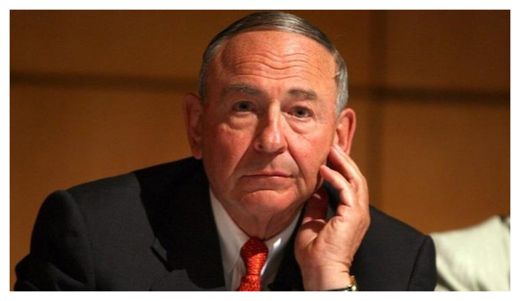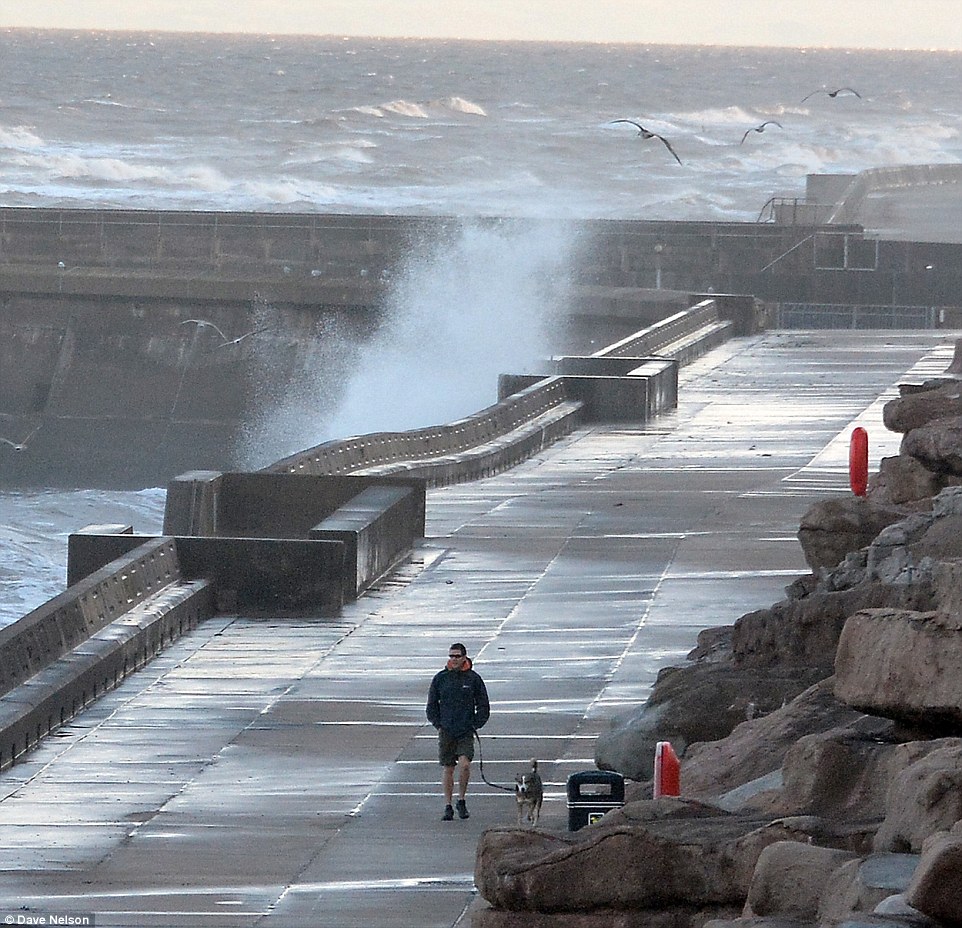
© Jim RiceMaurice Newman, the Australian Prime Minister's business adviser, has warned of a cooling not warming world.
The
Sydney Morning Herald carefully removed the scientific arguments from an article today. Are they afraid their readers are not smart enough to reach the "right" conclusions if exposed to the wrong information? Hey, but its only national policy and billions of dollars at stake.
Today Maurice Newman
warned that we are not prepared for climate change (he's talking about the cold kind)
. The Australian published his thoughts citing Archibald, Usoskin, Svensmark, Brekke, Lockwood and Curry. Their readers are apparently clever enough to handle discussions of cosmic rays and large hadron colliders
.In
Sydney Morning Herald, Latika Bourke and Lisa Cox write an article about Newman's views, but
carefully omit all of the scientific arguments, as well as the potential problems with one sided science funding and the names and credentials of the scientists he talks about. The pair do, however, find space to repeat the litany of the IPCC's estimate of 95% "probability" (it's hard to believe
Sydney Morning Herald readers have not heard this before). They don't mention that the IPCC estimate is a speculative and unscientific number which gets paradoxically higher as the IPCC's predictions are proven wrong. Nor did they interview Newman and ask him his opinion of this.
Rather than talking about possibilities that scientists are discussing, it was more important to remind SMH readers that Prime Minister Abbott once said climate change was "absolute crap". How that helps the nation decide on national climate policy is not made clear, though the implication is:
skeptics only have dumb arguments. No doubt SMH readers will understand which opinion they are supposed to hold, and "lucky" for them, journalists Bourke and Cox are experts on atmospheric physics, particle collisions, and climate modeling. If only they'd explained the flaws in Maurice Newman's arguments instead of concealing them, the whole nation would have been better off.
One day, the poor SMH readers, like ABC viewers, might be shocked when they discover how they were fed propaganda lines by dutiful journalists who, no doubt, thought they were doing a good job. Still, one great thing about the SMH is that the citizens of Australia don't have to pay for it if they don't want to.
The Australian's readers already know the IPCC position. The editors there, dare to give us the other side as well:


Comment: The so-called 'pause' in global warming is nothing more than propaganda to enable the warmists to keep pushing their agenda. We are one step away from an ice age!
Global Cooling: Is an Ice Age coming?
Global warming? - Still no warming for 17 years 9 months
Ice Age Cometh: Russian Academy of Sciences experts warn of imminent cold period: "Global warming is a marketing trick"